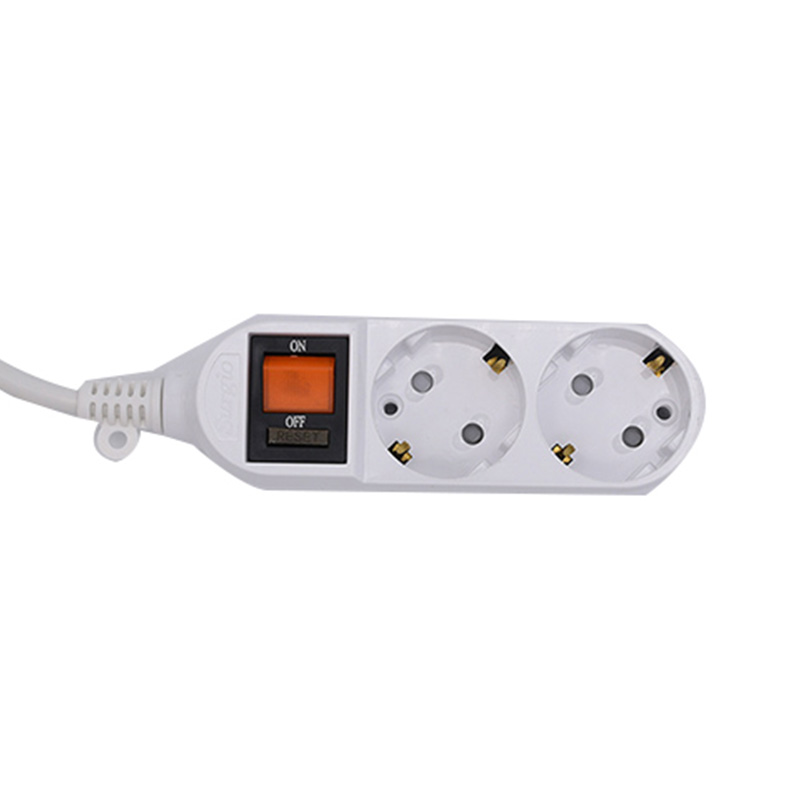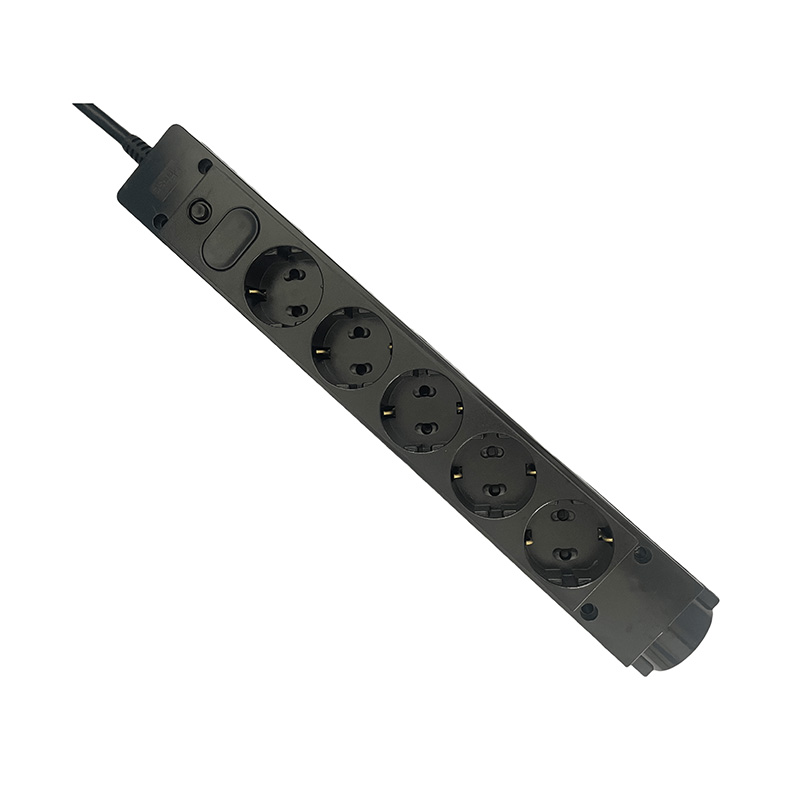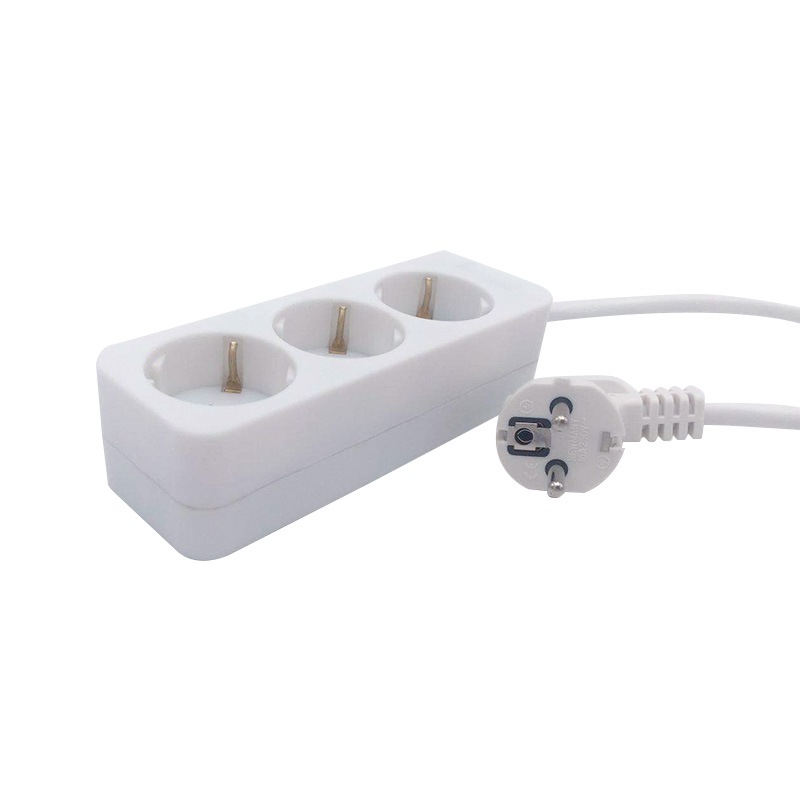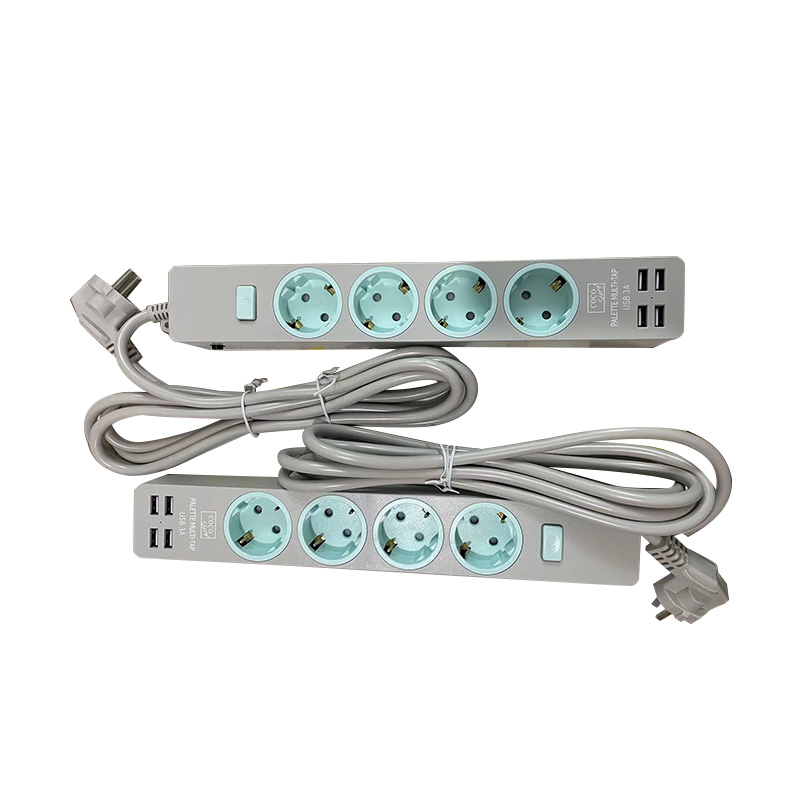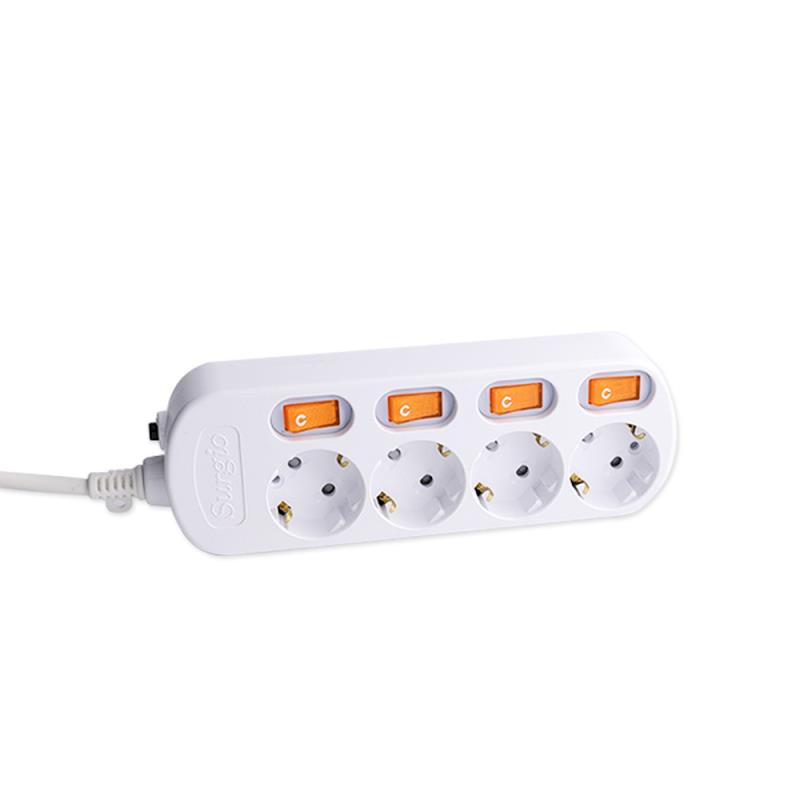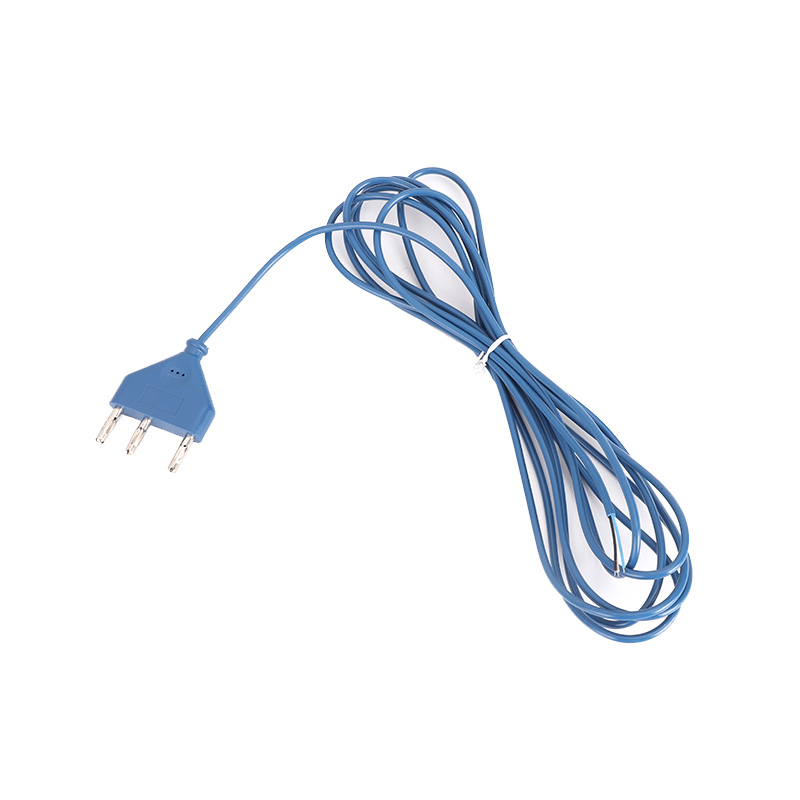Submit feedback
How to improve the durability and cable protection performance of Cable Reel in complex working conditions?
 2025.05.14
2025.05.14
 Industry News
Industry News
In complex working conditions, such as high temperature, humidity, frequent movement or chemical corrosion, the durability of the Cable Reel and its protection of the cable are directly related to the safety and stability of the equipment operation. In order to improve its performance under these harsh conditions, system optimization should be carried out in terms of structural design, material selection, protection measures and maintenance management.
First of all, the optimization of structural design is the basis for improving durability and cable protection performance. Traditional cable reels may have problems such as uneven cable winding and unstable tension control, which can easily cause cable wear or breakage. Therefore, the use of a reel structure with a constant tension control system and automatic cable arrangement function can ensure that the cable is evenly stressed during the retraction and release process, reducing damage caused by excessive bending or extrusion. In addition, reasonable cable guide groove design and edge rounding can also effectively avoid cable scratches and twisting.
The application of high-performance materials is crucial to enhancing the durability of cable reels. It is recommended to use corrosion-resistant and impact-resistant materials such as high-strength engineering plastics, glass fiber reinforced resin or aluminum alloy for the outer shell to cope with the impact of outdoor or harsh environments. At the same time, the internal bracket and rotating parts can be made of stainless steel or carbon steel with anti-corrosion treatment to improve the strength and service life of the overall structure.

The introduction of surface protection technology helps to improve anti-aging and corrosion resistance. For example, anodizing, electroplating chrome or spraying epoxy resin coating on the surface of metal parts can effectively isolate moisture, salt spray and chemical media from erosion. For plastic parts, anti-ultraviolet stabilizers can be added to prevent embrittlement or cracking due to long-term exposure to sunlight.
The selection and protection of the cable itself should not be ignored. Special cables with high flexibility, oil resistance, high temperature resistance or flame retardant properties should be selected according to the use environment, and buffer pads or elastic support structures should be set in the drum to reduce the impact of mechanical vibration on the cable. Some high-end applications can also consider integrating temperature sensors and overload protection devices to achieve real-time monitoring and early warning of cable status.
Regular inspection and scientific maintenance are important means to ensure the long-term stable operation of cable drums. A periodic lubrication, cleaning and wear detection mechanism should be established to replace aging parts in time, clean up dust and foreign matter inside the reel, and prevent system failure caused by local failure.
By optimizing structural design, selecting high-quality materials, strengthening surface protection, rationally selecting cables, and implementing scientific maintenance, the durability and cable protection performance of Cable Reel under complex working conditions can be significantly improved, thereby improving the safety and reliability of equipment operation and meeting the diverse needs of industrial sites.
 TOP
TOP
 ENG
ENG
 English
English русский
русский 한국어
한국어 Deutsch
Deutsch

